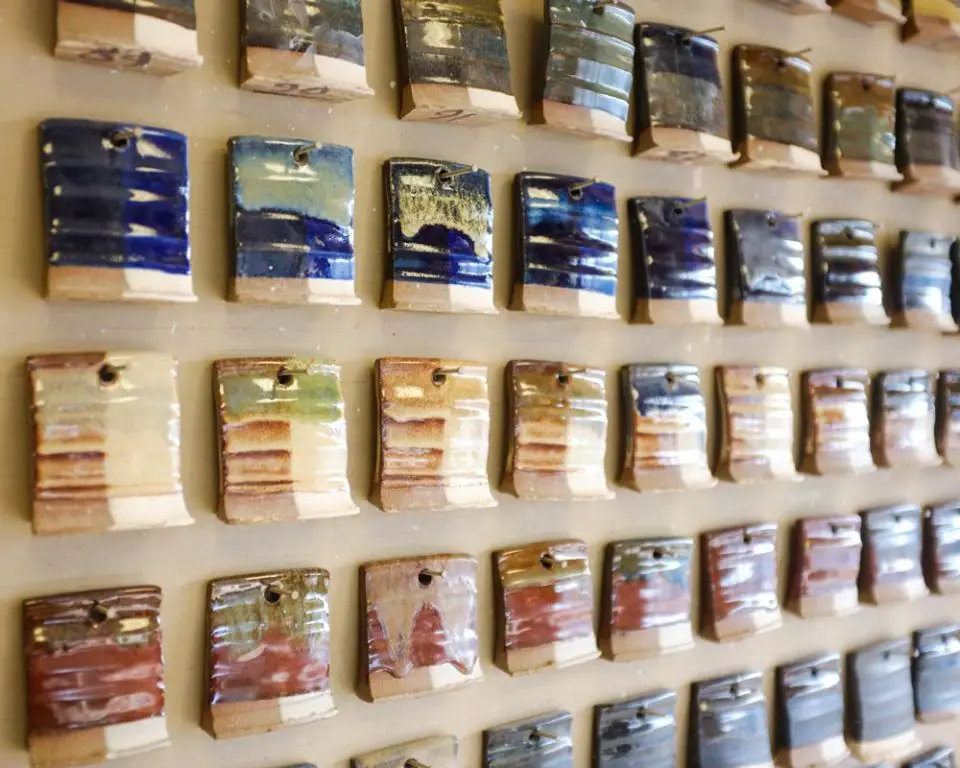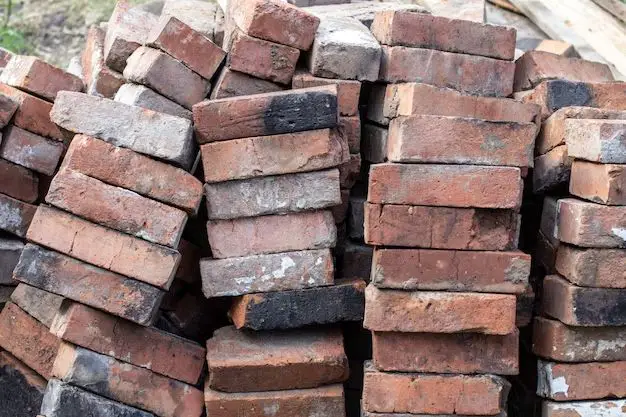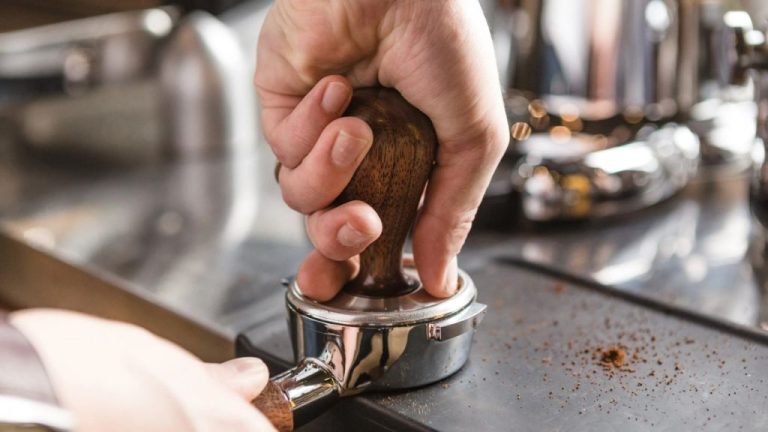How Much Does It Cost To Start A Small Pottery Business?
Starting a small pottery business requires significant upfront costs for equipment, materials, and studio space. Total costs can range from around $5,000 for a very basic operation up to $20,000 or more for a larger studio with ample inventory and tools. Key expenses include kilns, pottery wheels, clay and glazes, tools, furniture, marketing, and initial inventory. This article provides a detailed breakdown of typical startup costs for a small pottery business, with estimated ranges for each category based on the scale and complexity of the operation. Understand that expenses can vary widely depending on business model, location, equipment choices, and inventory needs. Use the following sections as a guide to help estimate potential startup costs and plan your new pottery business.
Studio Space
When starting a pottery studio business, one of the first major decisions is whether to rent or buy your studio space. Renting provides more flexibility if you’re unsure of the long-term viability, while buying gives you stability and potential equity. According to Artspace, the average monthly rental cost for a studio can range from $250-700 depending on size and amenities. Location is also a key factor, with rental rates around $3.90-$15 per square foot based on research from Art Bias and Peerspace. When selecting a rental space, consider accessibility for transporting materials and finished pieces, as well as visibility for potential walk-in customers. Buying a space provides more control but also involves upfront costs and maintenance.
Kilns
Kilns are a major investment when starting a pottery business. There are two main types of kilns – electric and gas. Electric kilns are the most common for small pottery businesses since they are simpler to install and use. Gas kilns can reach higher temperatures but require more ventilation and gas hookups.
For a starter pottery business, a small to medium electric kiln in the range of 10-20 cubic feet capacity should be sufficient. According to Kiln Frog, compact electric kilns suitable for small projects range from around $1000-$2500 depending on features and capacity.
Larger electric kilns around 20 cubic feet capacity tend to cost $2000-$5000. Gas kilns are more expensive, with small ones starting around $4000. Firing costs will also need to be factored in, which can cost $2-5 per firing according to Soul Ceramics.
Wheels
Pottery wheels are essential equipment for throwing pots and creating circular pieces. You’ll need to choose between manual kick wheels or electric wheels. Kick wheels require leg power to spin the wheel head, while electric wheels use a motor and foot pedal. Electric wheels range widely in price and quality:
Beginner models typically cost $200-$400. These basic wheels allow you to learn throwing techniques, but may lack adjustable speed and stability for large pieces. Well-known starter wheels are the Speedball Artista and Brent C-series.
Intermediate potters may invest $400-$1000 for features like digital speed control and stronger motors. The Shimpo Aspire and Soldner Clayboss are quality mid-range electric wheels.
Advanced potters use professional wheels costing $1000-$2000 like the Shimpo Whisper and Brent CXC. These commercial-grade wheels have powerful motors and customized speed adjustment for balancing large, heavy pieces.
Consider wheel size, height, weight limit, and motor power when selecting the right wheel for your needs and budget.
Clays & Glazes
Clay is one of the main materials needed for pottery. There are many different types of clays, each with their own properties. According to Sheffield Pottery, a 25 lb bag of stoneware clay costs $20-30 on average. For a new pottery business, plan on an initial investment of $100-150 for clays to get started, then budgeting $50-100 monthly for resupply depending on production volume.

Glazes are also essential, providing color, texture, and finish to pottery. Glaze ingredients like frit, stains, and oxides can be purchased from ceramic suppliers like Bailey Pottery and The Ceramic Shop. Expect to spend $300-500 initially stocking a starter palette of 10-15 glazes if buying pre-mixed, then $100+ monthly for replenishing glaze ingredients and supplies. Having a wide selection of glazes will allow you to offer more options to customers.
In total, a monthly materials budget of $150-200 for clays and glazes is realistic when first starting out. As production increases, more materials will be required each month.
Tools & Equipment
Pottery tools are essential for preparing, shaping, and finishing pieces. Some basic tools that every pottery studio needs include:
- Bats – canvased boards used as portable working surfaces (prices start around $5)
- Cutting wires – for cutting clay (basic set around $7)
- Ribs – for shaping and smoothing clay surfaces (basic ribs around $3-5)
- Sponges – for smoothing and blending clay
A starter kit with basic hand tools like loop tools, ribs, cutting wires, and sponges can cost $15-30 on average. As your skills progress, you may want to invest in more specialized tools like carving loops, wax tools, and texture mats.
Furniture
Furniture is a necessary expense when setting up a pottery studio. At minimum, you’ll need sturdy work tables or counters for wedging clay, decorating, and glazing finished pieces. Shelves are helpful for storing tools, glazes, clay, and finished or drying work. Stools provide seating at the wheel or work stations.
New furniture designed specifically for pottery can be expensive. For example, wedging tables cost $300-500 and taboret stools range from $150-300 each from pottery suppliers like Sheffield Pottery (https://www.sheffield-pottery.com/Studio-Furniture-and-Equipment-s/25.htm). Buying used furniture and repurposing items can help cut costs. Check classified ads, thrift stores, garage sales, and sites like Craigslist for suitable tables, counters, shelves and stools. Long sturdy workbenches or countertops can often be found secondhand and fitted with lower shelves added for storage.
Be on the lookout for furniture made of materials that can withstand a pottery studio environment – avoid MDF, particle board or raw wood that may warp. Go for hard plastics, laminates, stainless steel, sealed wood or ceramic tile work surfaces. Having adequate sturdy furniture suited to pottery tasks will make your studio space much more functional and efficient.
Marketing
Marketing expenses will include building a website to showcase products, professional product photos, and business cards. Many pottery businesses sell online through platforms like Etsy, which charge listing fees and take a percentage of sales. The average marketing budget for a small business is generally 2-5% of revenue. According to BDC, companies with over 50 employees have marketing budgets exceeding $100,000. However, most small businesses spend $9 to $1,000 per month according to Small Biz Trends. With a lean startup budget, expect to spend on the lower end of this scale when first launching marketing efforts.
Inventory
One of the largest startup costs for a pottery business is producing the initial inventory. Potters will need to create a variety of pieces in different styles and price points to appeal to customers. The cost of materials, time and labor should be considered when pricing the pieces.1
A good starting inventory would include 50-100 pieces with wholesale costs ranging from $5-$50 per piece. Simple mugs and bowls would be on the lower end around $5-$10. More intricate vases, platters and decorative pieces would range from $20-$50. With 100 pieces, total inventory costs could be $2,000-$5,000.2 The initial inventory provides variety for customers and allows the potter to gauge interest before mass production.
Attractive displays and packaging help showcase pottery and command higher prices. Potters can display pieces on shelves, stands or in cabinets. Custom boxes, tissue paper, branding and tags build perceived value. Packaging and display expenses may cost $500-$2,000 initially.
Miscellaneous
There are many miscellaneous costs that come up when starting a pottery business. Safety equipment like aprons, masks, and gloves will be needed for working with clay, glazes, and firing kilns, which can cost around $150-$300 to start (Source). Clay and glaze clean-up supplies will also be an ongoing expense. Product liability insurance is highly recommended and can cost $400-$1000 per year (Source).
Unexpected costs often come up with plumbing, electrical, HVAC, and other building repairs which may be required. It’s a good idea to budget an extra 10-20% for surprise expenses. Ways to save money include buying used equipment when possible, starting with smaller kilns and upgrading later, utilizing scrap clay and keeping unfired work to reuse clay, buying clay and glazes in bulk, and using energy efficient kilns (Source). Keeping expenses lean in the beginning while testing products and marketing will help keep initial startup costs manageable.




